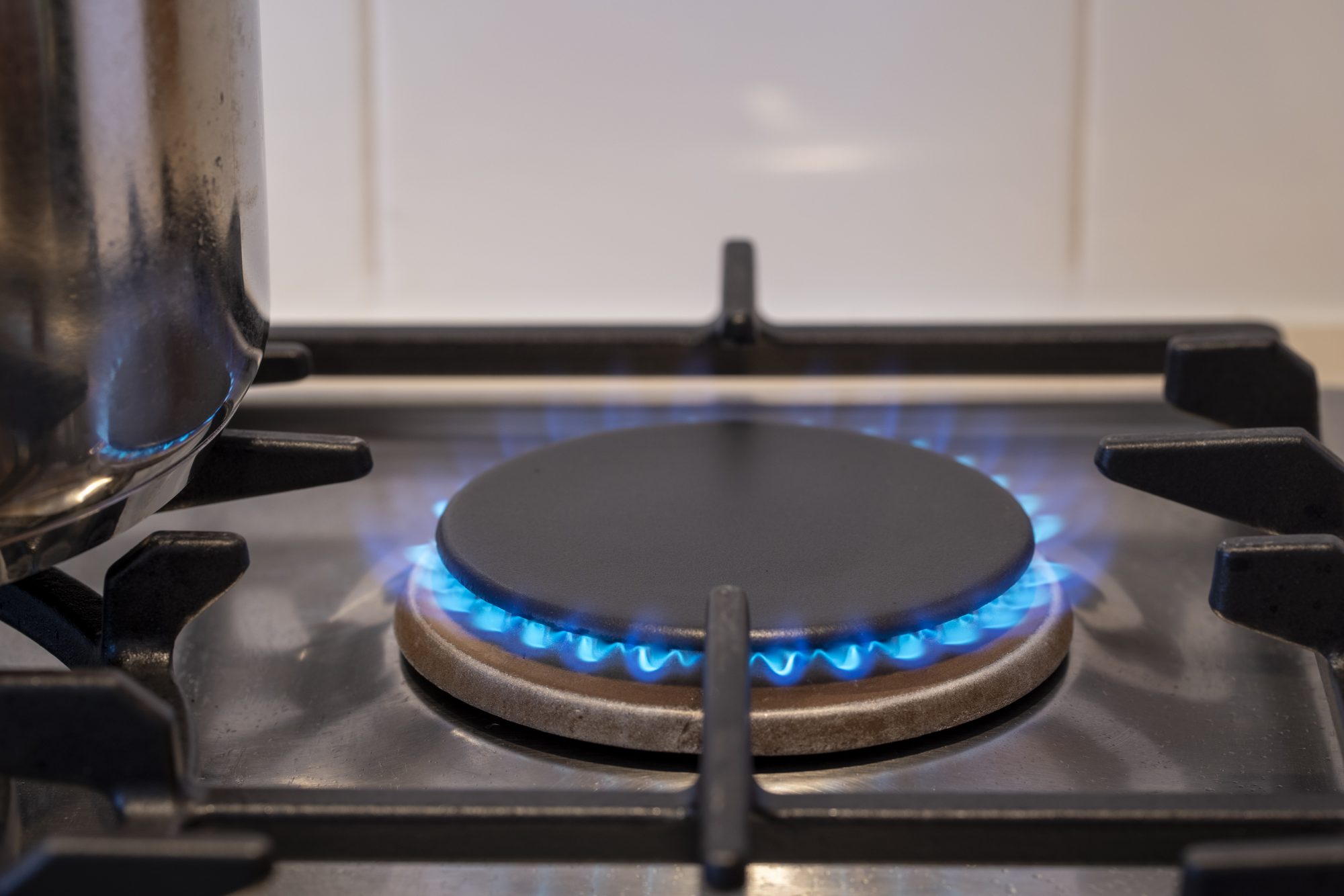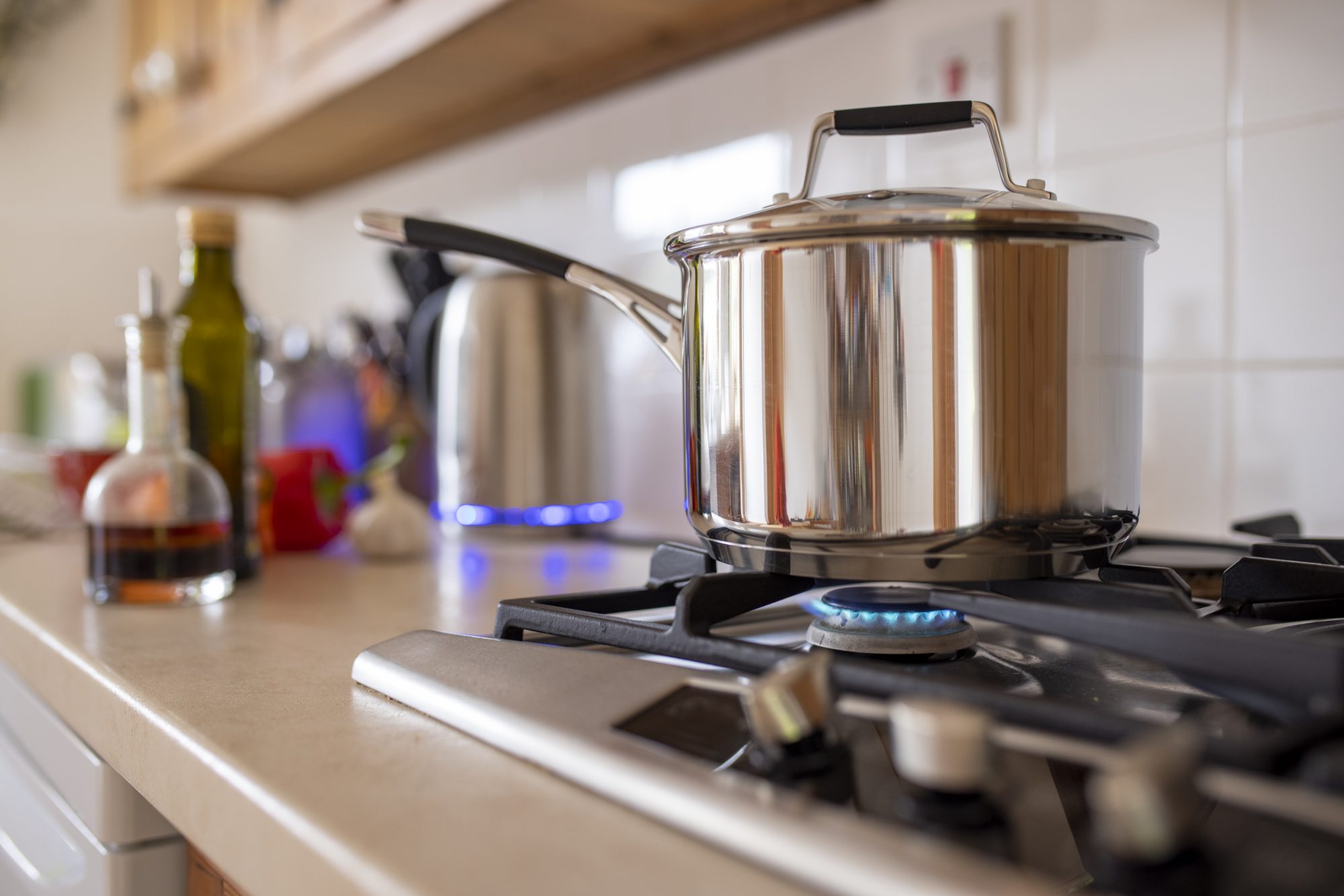Ben Hudson, Head of Insight and Engagement at Global Action Plan, highlights the health, environmental and economic risks of gas cooking and actionable solutions for the UK
Gas cookers are a triple threat: bad for our health, the environment and the economy.
Gas cookers release dangerous levels of pollutants into homes daily – posing significant health impacts and societal costs, yet only 40% of UK citizens are aware of the risk.
A new study by CLASP finds that home gas cooking appliances may be exposing millions of people in the UK to levels of indoor air pollution that breach national and international regulations. With more than half of UK homes cooking with gas, this equates to over 36 million people in the UK.
When in use, gas hobs and ovens emit carbon monoxide, carbon dioxide (CO2), nitrogen dioxide (NO2), and ultra-fine particles, which can linger indoors for hours after use.
Indoor air pollution can cause non-communicable diseases
Research indicates exposure to indoor air pollution leads to non-communicable diseases, including stroke, ischaemic heart disease, chronic obstructive pulmonary disease (COPD) and lung cancer.
Gas cooking further undermines UK targets to become a Net Zero economy by 2050. With around 54% of UK households cooking on gas, cooking alone accounts for roughly 2% of total UK carbon emissions.
As a fossil fuel, burning gas when cooking emits both CO2 and unburned methane, two potent greenhouse gases. Even when switched off, gas hobs leak methane – the main component of fossil gas used for cooking, which can warm the Earth more than 80 times as much as the same amount of carbon dioxide over a 20-year period.
The economic and welfare burden of air pollution is also significant. CLASP estimates that indoor air pollution from gas cooking costs the UK around £1.4 billion annually in healthcare costs, including lower life expectancy, illnesses, greater healthcare expenditure, and lower productivity. There is also evidence linking combustion-related air pollution with adverse health effects on brain development in young children.

Government inaction means gas cookers will blight our lives for years to come
Despite the health and environmental risks of gas cooking, UK policy does not currently support a transition away from gas cooking. While the health risks of air pollution have been widely explored and publicised, the relationship between cooking on gas and indoor air quality is yet to receive the same level of public awareness or political attention.
The study determined that there is a significant but solvable public health and environmental problem and that the UK Government has a policy opportunity to transition to cleaner alternatives but is failing to act.
While boilers sold in the UK have set NO2 emission limits, and incentives are available to upgrade to more efficient and climate-friendly heat pumps, no such policies exist for cooking appliances.
Campaigners want more action
We need government intervention. Helping UK homes to transition to cleaner, electric cooking appliances would be an open goal for the Government to hit a triple-win on air pollution, health and climate goals.
Health and environmental groups, including Global Action Plan, are calling for the UK Government to implement policy measures and interventions to help the UK transition to cleaner alternatives and protect public health. These include:
- Adopting laws to protect consumers by setting limits on pollution emissions from gas cooking appliances and ensuring that hobs and ovens are efficient.
- Providing a new energy label enables people to directly compare the efficiency and emissions of gas and electric cooking appliances.
- Accelerating the transition to cleaner electric cooking by coupling incentives for heating and home upgrades with electric cooking appliances.
What can you do to protect yourself in the meantime?
The onus is on the Government to act, as it is unrealistic to expect individuals to foot the bill of swapping to electric cookers, especially in a cost-of-living crisis. The report, therefore, also offers guidance to individuals on ways to mitigate the impact of gas cooking. These include:
Properly ventilating kitchens when cooking, preferably with a functioning range hood that is vented to the outside, by mechanical ventilation, or by opening windows while cooking.
Installing a low-concentration carbon monoxide detector in the kitchen and getting an annual gas safety check on gas hobs and ovens.
Making the switch from gas to electric cooking when and where possible, including using small plug-in appliances if they cannot upgrade to electric hobs and ovens.
This piece was written and provided by Ben Hudson, Head of Insight and Engagement at Global Action Plan.




![Europe’s housing crisis: A fundamental social right under pressure Run-down appartment building in southeast Europe set before a moody evening sky. High dynamic range photo. Please see my related collections... [url=search/lightbox/7431206][img]http://i161.photobucket.com/albums/t218/dave9296/Lightbox_Vetta.jpg[/img][/url]](https://www.openaccessgovernment.org/wp-content/uploads/2025/04/iStock-108309610-218x150.jpg)






